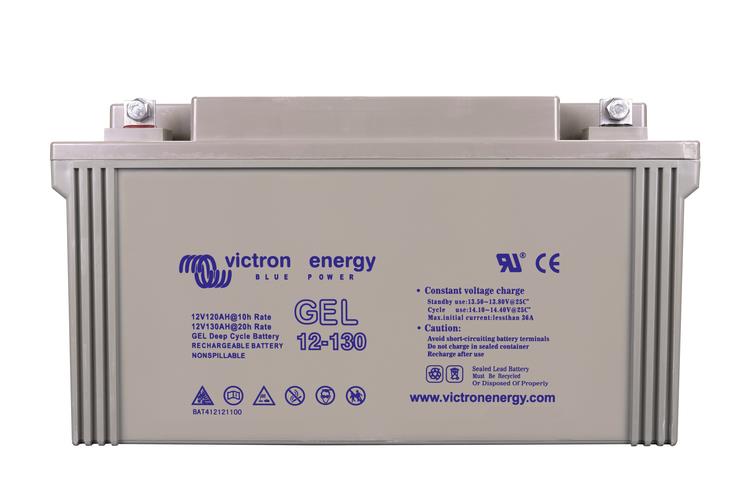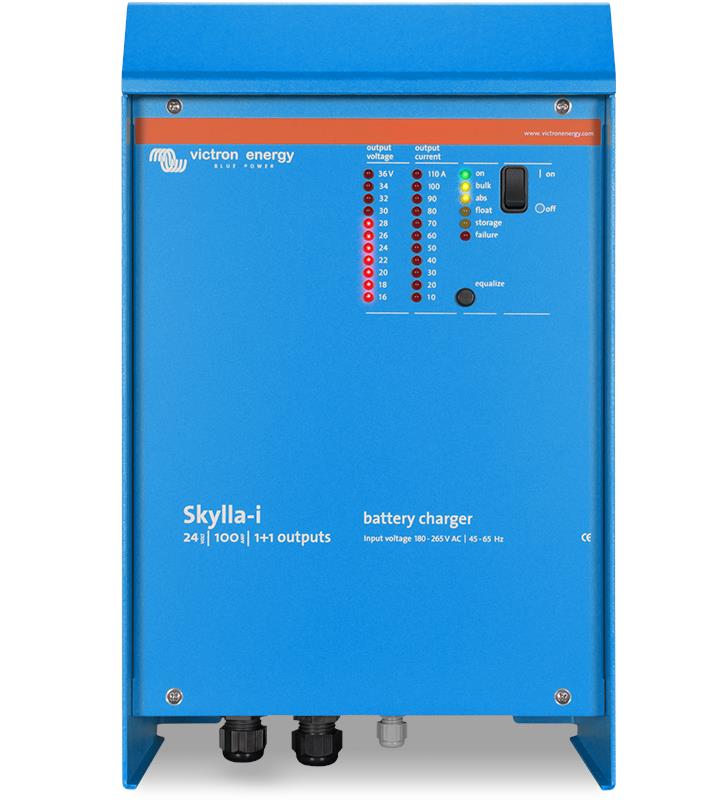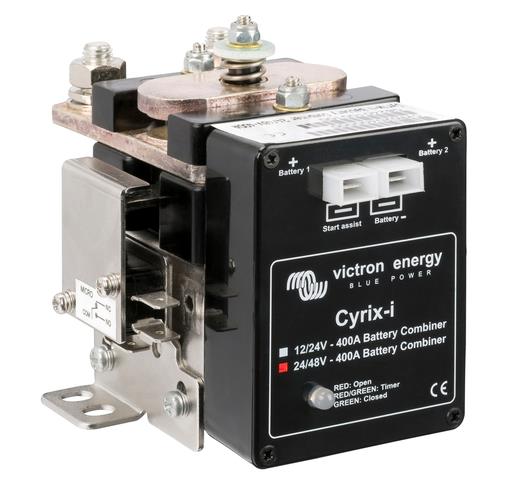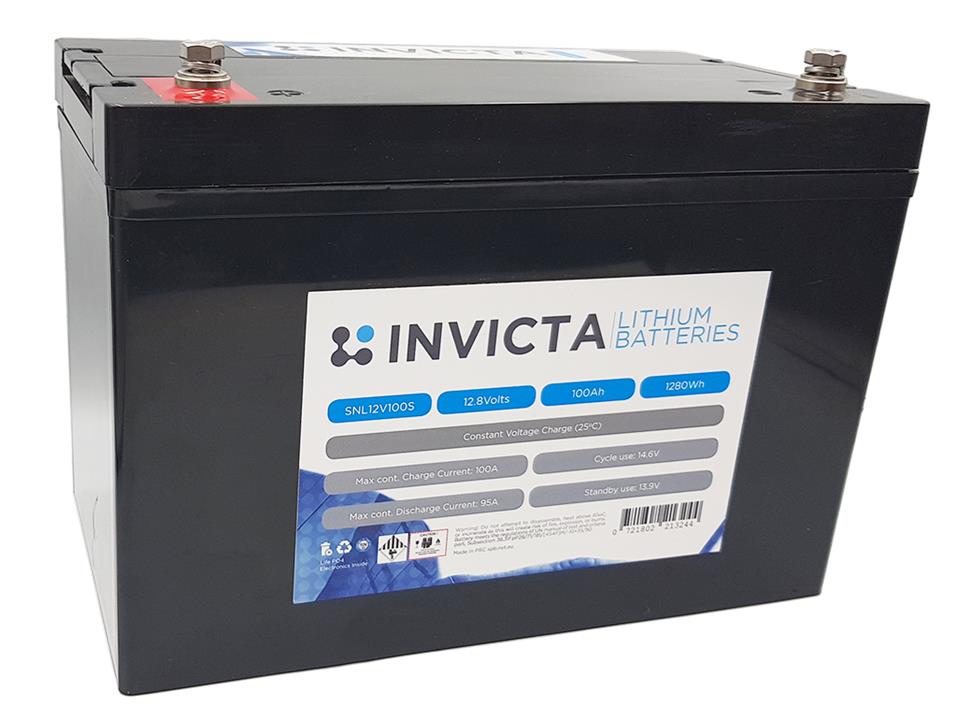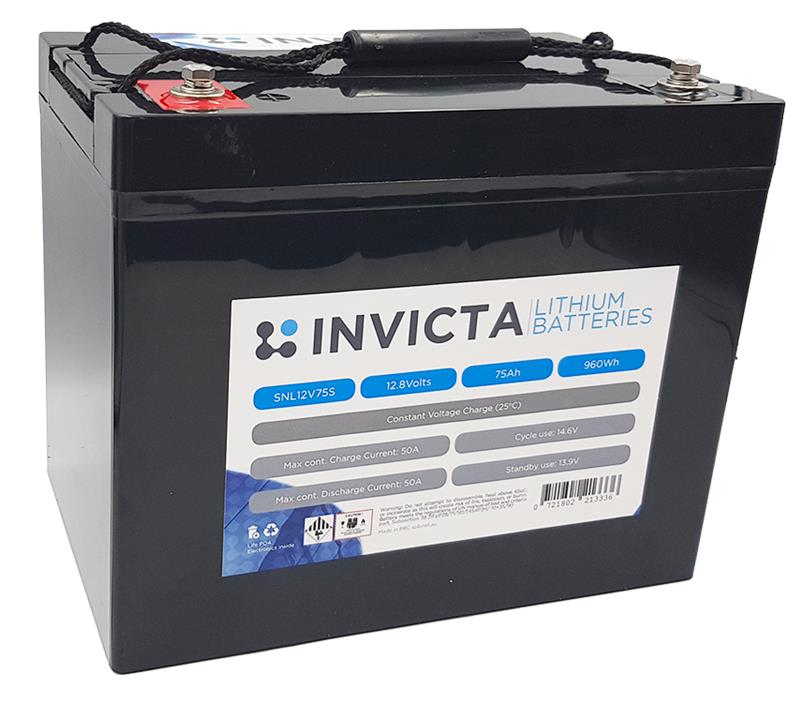Description
Victron 12V/265Ah Gel Deep Cycle Battery (M8), 5 Year Warranty The GEL model range offers best deep cycle durability and overall longer life The use of high purity materials and lead calcium grids ensure that for both AGM and GEL products have particularly low self-discharge so that they will not go flat during long periods without charge Both ranges are supplied with M8 drilled, flat copper terminals ensuring best possible connection contact and eliminating the need for battery terminals The batteries are compliant with both CE and UL specifications in ABS fireproof containers and come with Victron's 2 year world-wide warranty VRLA GEL: Design life 12 years VRLA technology: VRLA stands for Valve Regulated Lead Acid, which means that the batteries are sealed Gas will escape through the safety valves only in case of overcharging or cell failure VRLA batteries are maintenance free for life Sealed (VRLA) Gel Batteries: Here the electrolyte is immobilized as the gel Gel batteries, in general, have a longer service life and better cycle capacity than AGM batteries Low Self-Discharge: Because of the use of lead calcium grids and high purity materials, Victron VRLA batteries can be stored during long periods of time without recharge The rate of self-discharge is less than 2% per month at 20C The self-discharge doubles for every increase in temperature by 10C Victron VRLA batteries can, therefore, be stored for up to a year without recharging, if kept under cool conditions Battery Discharging Characteristics: The rated capacity of Victron AGM and Gel Deep Cycle batteries refers to 20-hour discharge, in other words: a discharge current of 0,05 C Victron's AGM deep cycle batteries have excellent high current performance and are therefore recommended for high current applications such as engine starting Due to their construction, Gel batteries have a lower effective capacity at high discharge currents On the other hand, Gel batteries have a longer service life, both under float and cycling conditions Effect of temperature on service life: High temperature has a very negative effect on service life Effect of temperature on capacity: Please see product card Cycle life of Victron batteries: Batteries age due to discharging and recharging The number of cycles depends on the depth of discharge Battery charging in case of cycle use: the 3-step charge curve: The most common charge curve used to charge VRLA batteries in case of cyclic use is the 3-step charge curve, whereby a constant current phase (the bulk phase) is followed by two constant voltage phases (absorption and float) During the absorption phase the charge voltage is kept at a relatively high level in order to fully recharge the battery within reasonable time The third and last phase is the float phase: the voltage is lowered to standby level, sufficient to compensate for self-discharge Disadvantages of the traditional 3-step charge curve: During the bulk phase the current is kept at a constant and often high level, even after the gassing voltage (14,34V for a 12V battery) has been exceeded This can lead to excessive gas pressure in the battery Some gas will escape through the safety valves, reducing service life Thereafter the absorption voltage is applied during a fixed period of time, irrespective of how deep the battery has been discharged previously A full absorption period after a shallow discharge will overcharge the battery, again reduc

